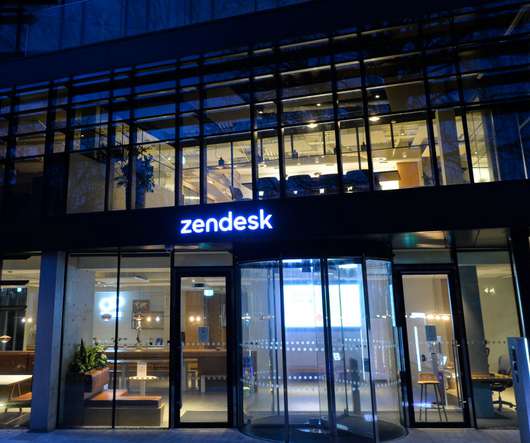Understanding How The Innovator’s Dilemma Affects You
Both Sides of the Table
NOVEMBER 4, 2010
The thesis of the book is that incumbents in markets – especially large and well entrenched markets – seldom survive fundamental technology changes in their industries. It should affect how you think if you are an incumbent but also if you’re a startup. Let’s start with the incumbents position in a market.





















Let's personalize your content